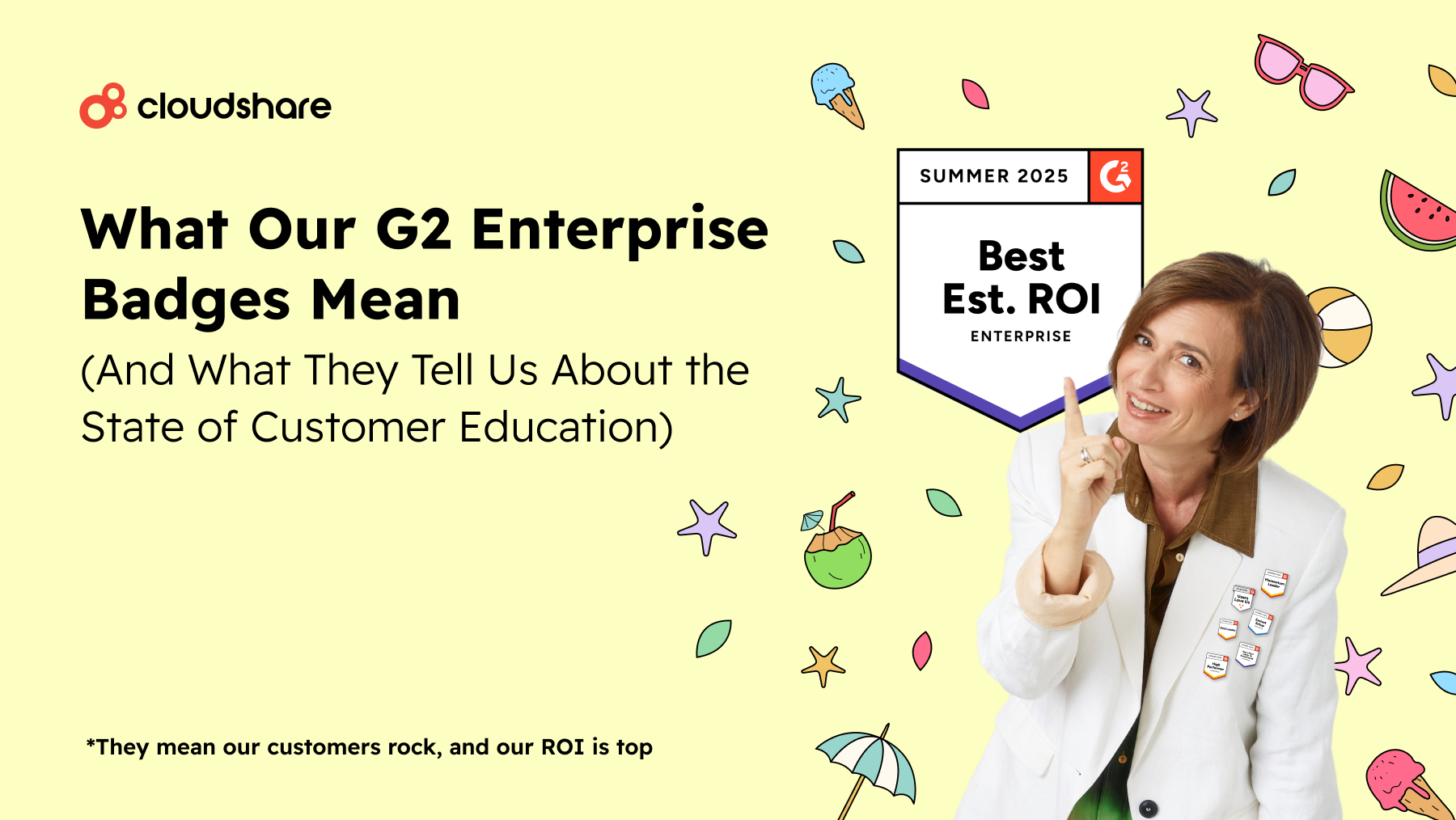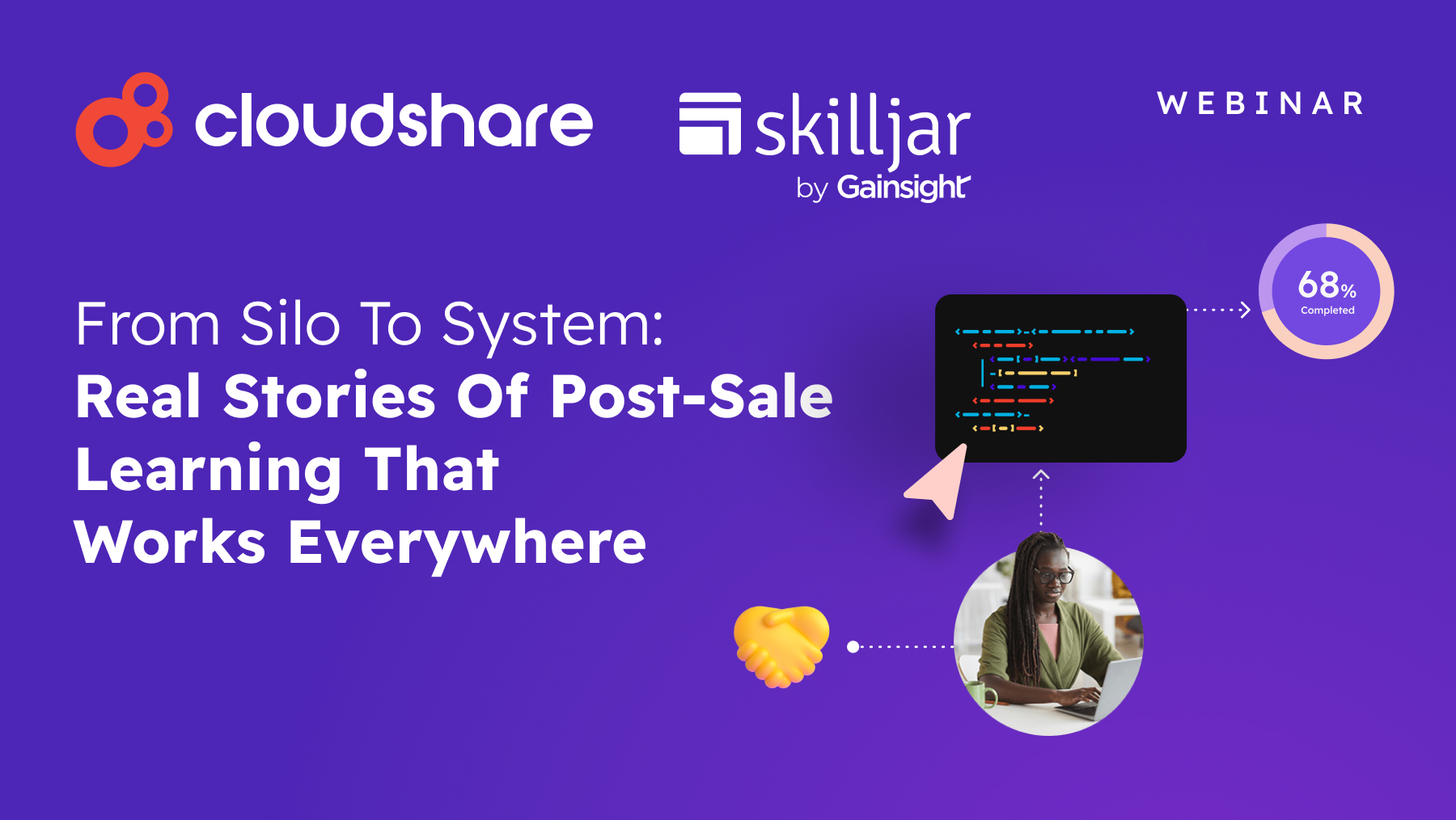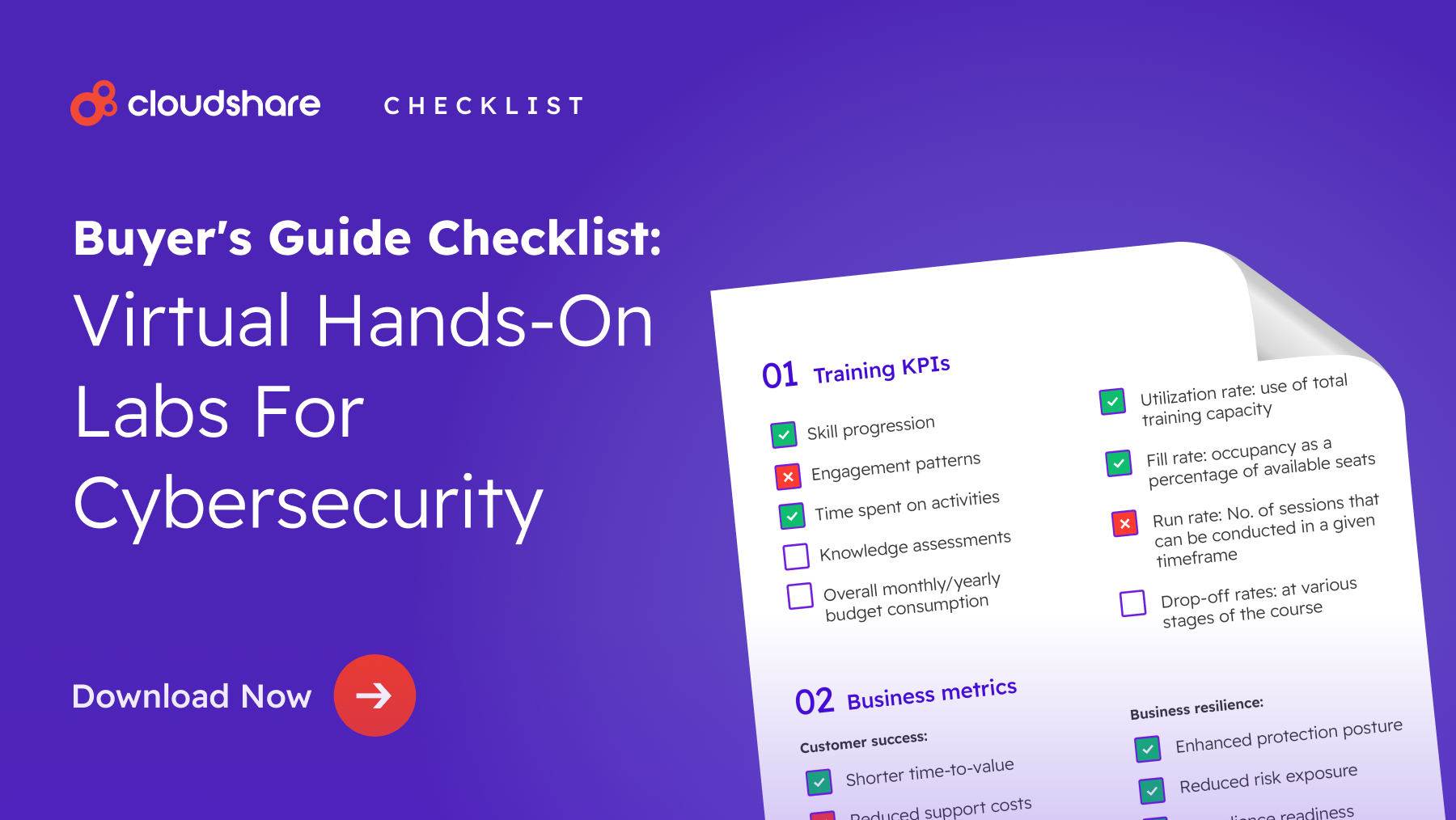
Looking for a way to refine your SaaS company’s growth strategy? Consider ramping up your customer education program. According to research by marketing and customer experience expert Conductor, consumers are 131% likelier to buy from a brand immediately after consuming early-stage educational content.
What’s more, when given a lineup of four brands, 83.6% of customers chose the brand that educated them, while customers also found brands that provided educational material to be more trustworthy.
Let’s talk about how you can leverage customer education and training to inspire deeper loyalty, engagement, and satisfaction in your audience.
Educational Marketing vs. Customer Education
Before we go any further, there’s one thing we need to establish — the difference between onboarding and educational marketing. While both are forms of customer education, they each serve a different purpose.
Customer onboarding focuses on teaching customers and prospects how to get the most out of your software. It’s critical for both conversions and long-term retention. Recall, for instance, that roughly 80% of users have deleted an app because they couldn’t understand how to use it.
The focus of educational marketing is considerably more broad. Rather than focusing solely on software training, an educational marketing program is more about professional development. Educational marketing content empowers your audience with practical knowledge and expertise rather than teaching them about your software.
- The goal of blending marketing with education is twofold.
- Establishing yourself as a thought leader; someone your audience can trust to understand and address their challenges and pain points.
- Connecting with customers and prospects by giving them something of value rather than selling them on your software.
A well-thought-out strategy is the key to achieving both of these goals. It identifies not only what materials you should develop but also how and to whom you should deliver those materials.
The Benefits of Bringing Customer Education and Marketing Together
An educational marketing strategy allows your business to connect with prospects who are disinterested in standard sales pitches. Instead of positioning your software as the answer to their problem, you’re providing them with actionable, relevant guidance. There are several advantages to this approach:
Brand Awareness and Reputation
People are far likelier to remember a company that provides regular thought leadership content over one that doesn’t. In the survey we mentioned at the beginning of the piece, Conductor found that even a full week later, customers regarded education-focused brands favorably. Given that most customers these days prefer to shop with a brand they’ve a favorable opinion of, it follows that this also has the potential to improve sales.
New Revenue Streams
If one of your courses or programs gains enough traction, there’s the potential to transform it into an alternative source of revenue through a subscription program or paid classes.
Customer Satisfaction
We’ve mentioned before that customer education is an excellent customer success strategy. That applies just as much to content with a broader focus as it does to your software training materials. Through educational marketing content, you’re coaching your customers on how to be more competent and effective independently of using your software.
We’ve known for over a decade that customer education increases both trust and satisfaction. It’s also common knowledge that satisfied customers are more likely to stay with your company in lieu of a competitor. That means increased retention, reduced churn, and improved recurring revenue.
Customer Education Metrics You Should Track
Fortunately, the metrics and KPIs for an educational marketing program aren’t all that different from those associated with general customer training. If you’re applying analytics to your onboarding efforts, then you’re already on the right track. While the relevance of each data point varies depending on use case, most customer education programs will need to track the following at minimum:
- Customer satisfaction and net promoter score to identify usability, design or informational issues with your training content. They can also serve as golden metrics for your overall program, allowing participants to indicate whether or not they feel they gained something of value.
- Usage details and trends to help you determine how people are engaging with your materials and identify potential bottlenecks and quit points.
- Completion rate — in the case of educational marketing, a low completion rate could signify either a usability issue or a lack of value.
- Customer demographics to help you refine your understanding of your audience.
- Retention, churn, and revenue growth. These three numbers together help you demonstrate the impact of your customer education program.
Best Practices for Educational Marketing
There are a few things you’ll need to keep in mind when developing an educational marketing program.
Start by asking yourself the following questions:
- What do I know?
- What do my customers and prospects want to know?
- Where do the two areas intersect?
To put it another way, think about how you can use your expertise to help people develop new skills, improve their existing skills and expand their knowledge-base.
Be mindful of how your courses are designed, as well. You want to keep things as concise as possible, and leverage interactive materials and visual content wherever you can. As with customer onboarding, you may also want to consider providing multiple delivery options.
Next, bear in mind that educational marketing is less sales oriented than customer training. Your goal is to empower and engage with your customers by helping them develop their knowledge and skills. Avoid trying to hit participants with anything resembling a hard sell — empower them with knowledge, and wait for them to come to you.
Finally, deploy a customer education solution to develop, deliver and track your training efforts. Ideally, you’ll want to choose a platform that supports both hands-on and self-paced training modalities. You may also want to invest in a learning management system and integrate the two systems together.
An Educated Customer is a Satisfied Customer
Customer education is quickly becoming the bread-and-butter of SaaS success. Training customers on how to use your software transforms them into dedicated product advocates. Teaching customers to master their industries and careers, meanwhile, helps them feel more connected to and trusting of your brand.
Combine the two, and you set yourself up for long-term success.
Interested in learning more about designing a winning software-based training program? Check out 43 Best Practices to Master Software Training.




